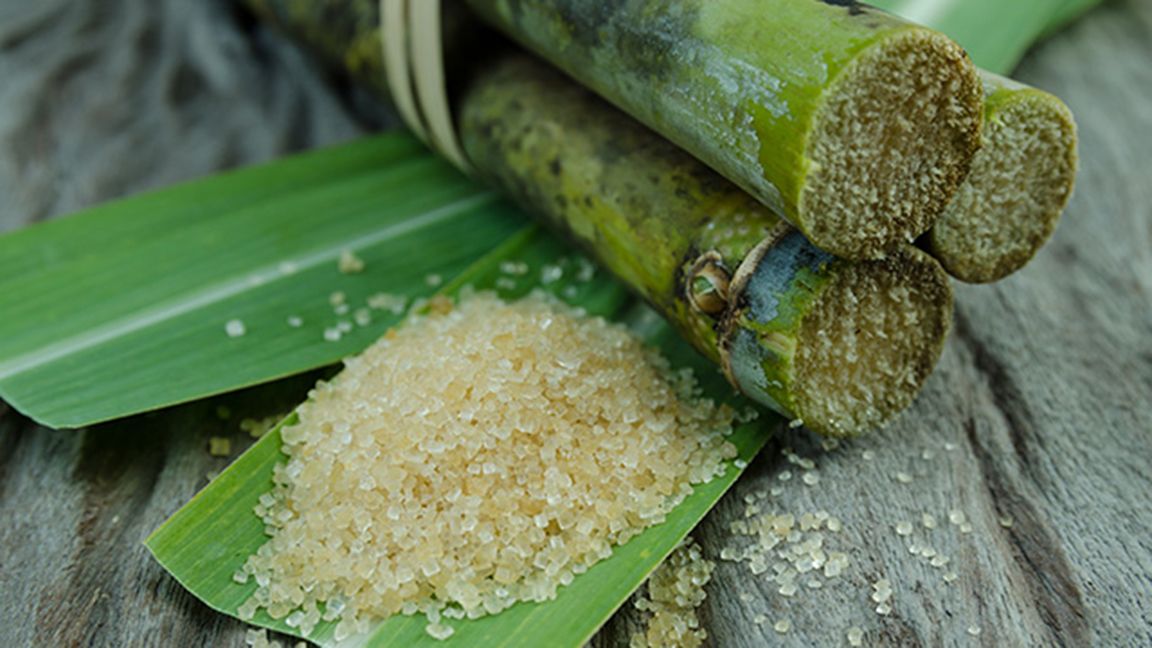Touting the usual excuse made for allowing the importation of agricultural products, the Sugar Regulatory Administration (SRA) said that wholesale and retail prices of raw sugar and refined sugar have reached record highs after typhoon “Odette” devastated many parts of the Philippines in December last year.
From the late 1970s to the middle of 1980s, the Philippines was exporting over 300,000 tons of sugar to the world, principally the United States through an annual quota system, until US corn growers commercially produced and exported corn sugar.
But the reverse is now true—we are importing 200,000 tons of sugar for crop year 2021-2022 according to new policy guidelines of the Sugar Regulatory Administration (SRA), which was made public last Friday (February 4).
“SRA received instructions from the Department of Agriculture to temper the current level of high local sugar prices that it considers at this time a sugar import program,” the agency explained.
Out of the quotas, 100,000 metric tons would be standard grade refined sugar while the other 100,000 MT would be “bottlers’ grade” refined sugar used by the beverage industry.
The total volume, however, is higher than what sugar producers in the Philippines have recommended.
Vicmico Planters Association president Aurelio Valderrama said his group recommended only 50,000 MT a month, up to a maximum of 150,000. This was supported by the Confederation of Sugar Producers Associations Inc. Negros and other sugar producers.
The usual excuse: typhoon damage
The SRA said that wholesale and retail prices of raw sugar and refined sugar have reached record highs after typhoon “Odette” devastated many parts of the Philippines in December last year, including the sugar-producing regions of Negros, Panay and Eastern Visayas.
Sugarcane, sugar stocks in warehouses and facilities and equipment of sugar mills and refineries in key sugar milling districts were damaged.
As a result, the wholesale price of raw sugar in the National Capital Region (NCR) is now P2,000 per 50-kilogram bag (LKg) and refined sugar is P2,900 per Lkg, both “historic highs,” the SRA said.
The retail price of raw sugar in certain markets has hit P48 a kilo while the retail price of refined sugar ranges from P57 a kilo to P60 a kilo, higher than the suggested retail prices for raw sugar and refined sugar.
The devastation caused by the storm lowered raw sugar production estimate for crop year 2021 to 2022 to 2.072 million MT from 2.099 million MT.
The sugar refineries association also slashed its sugar output forecast to 16.748 million LKg from its initial projection of 17.572 million LKg prior to Odette.
Projections lowered
SRA Administrator Hermenegildo Serafica said projections were lowered to reflect the impact of the typhoon on the country’s sugarcane sector, which incurred losses amounting to P1.15 billion.
The production estimate considered the damage incurred by three refineries and sugar plantations in the Visayas, Serafica said.
He said that sugar mills and refineries had resumed production and “local production is stable,” citing the SRA weekly sugar production report, which on January 23, showed that raw sugar production was up 4.4 percent while refined sugar production rose 46.4 percent compared to the same week last year.
More supply than demand?
SRA data showed that as of January 23, raw sugar production reached 869,120 MT and supply was 1.1 million MT against a demand of 715,888 MT. Refined sugar production totaled 291,110.15 MT and supply was 523,265.95 MT with demand reaching 389,462.25 MT.
Sugar producers say their production costs are rising with the fuel prices going up. They are appealing for a freeze in fertilizer price hikes.
SRA’s new policy guidelines said importation is “open and voluntary” to industrial users of refined sugar that are duly registered with the SRA as traders in good standing.
The SRA refers to industrial users as “confectionaries, biscuits, bread, candies, milk, juice, and food and beverage manufacturers” using refined sugar in manufacturing their products in the country and selling them in the domestic market.
An industrial user may apply to import up to 5,000 MT of standard refined sugar and up to 10,000 MT of bottlers’ grade refined sugar.
Not allowed to transfer, sell
Industrial users or international sugar traders are not allowed to transfer or sell any part of their imports to other industrial users or other domestic or international sugar traders.
The SRA said that 25 percent of standard refined sugar imported by industrial users should arrive no sooner than March 1 and the remaining 75 percent no sooner than May 1.
Written request
For importers of bottlers’ grade refined sugar, 75 percent of their shipment should come in no sooner than March 1 and the remaining 25 percent no sooner than May 1.
Industrial users or international sugar traders participating in the sugar importation would have to make a written request to the SRA Board to reclassify the “C” sugar (for reserves) to “B” sugar (for domestic consumption), indicating the volume to be reclassified and the address of the SRA-registered warehouse where the “C” sugar is stored.
“Only after the reclassification to “B” sugar can the imported sugar be released to the domestic market,” the SRA said.
The government resorts to importation of agricultural products as a last-ditch effort to plug any expected supply shortfall or temper skyrocketing prices or both.
In 2018, the SRA allowed the importation of 250,000 MT of sugar to meet the projected increase in demand due to low production at that time.
Tags: #agriculture, #imports, #sugar, #SugarRegulatoryAdministration
